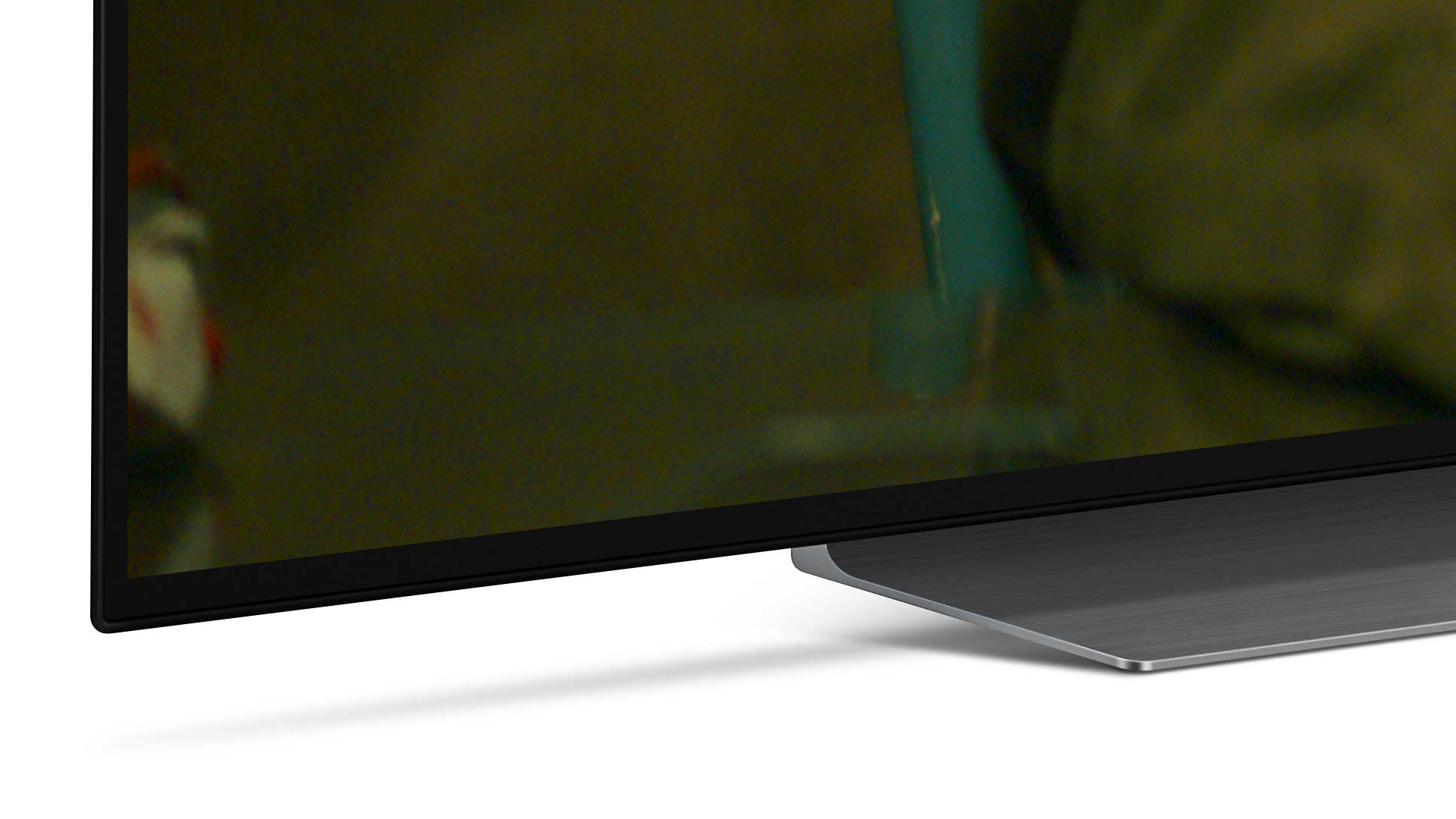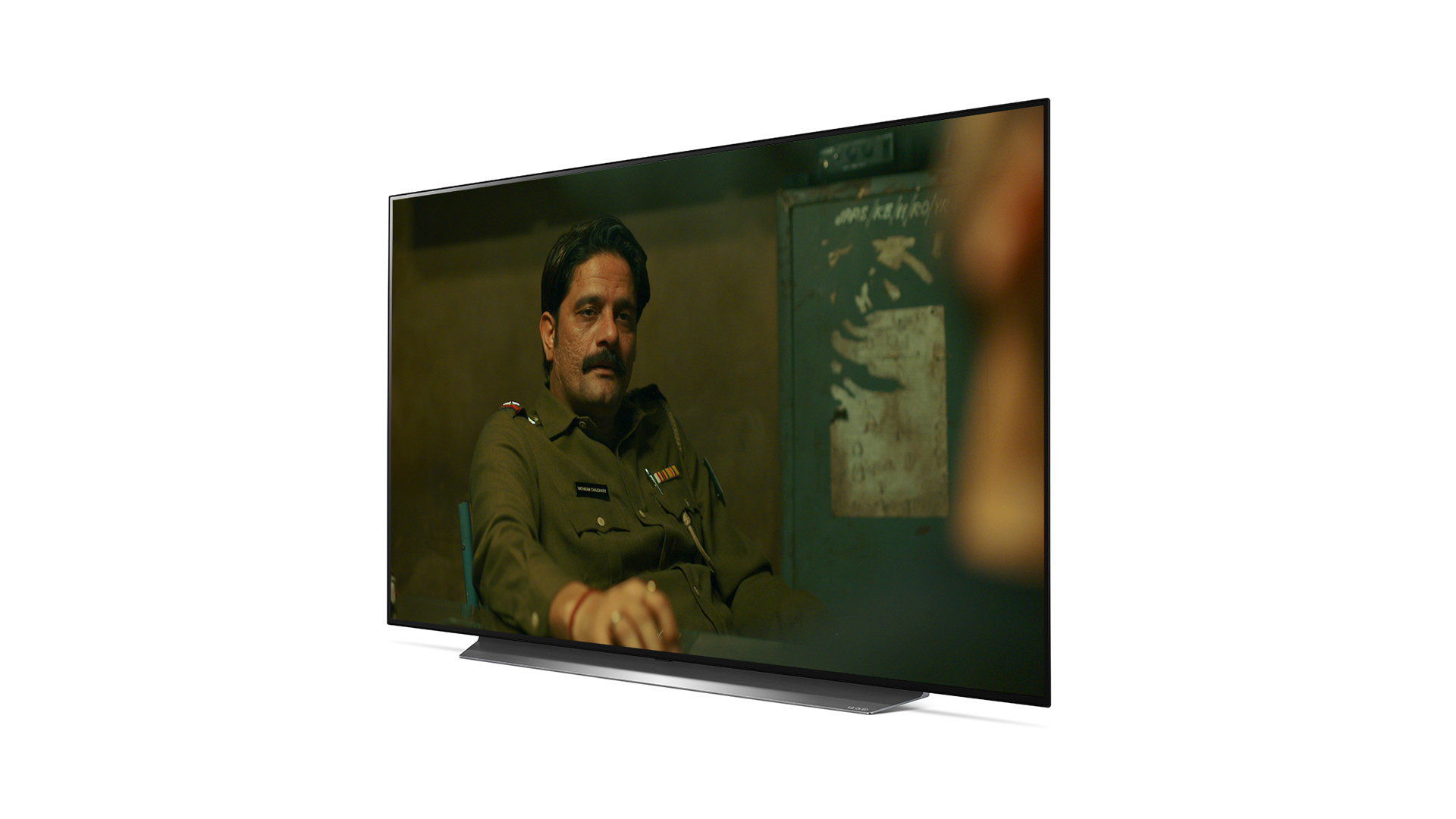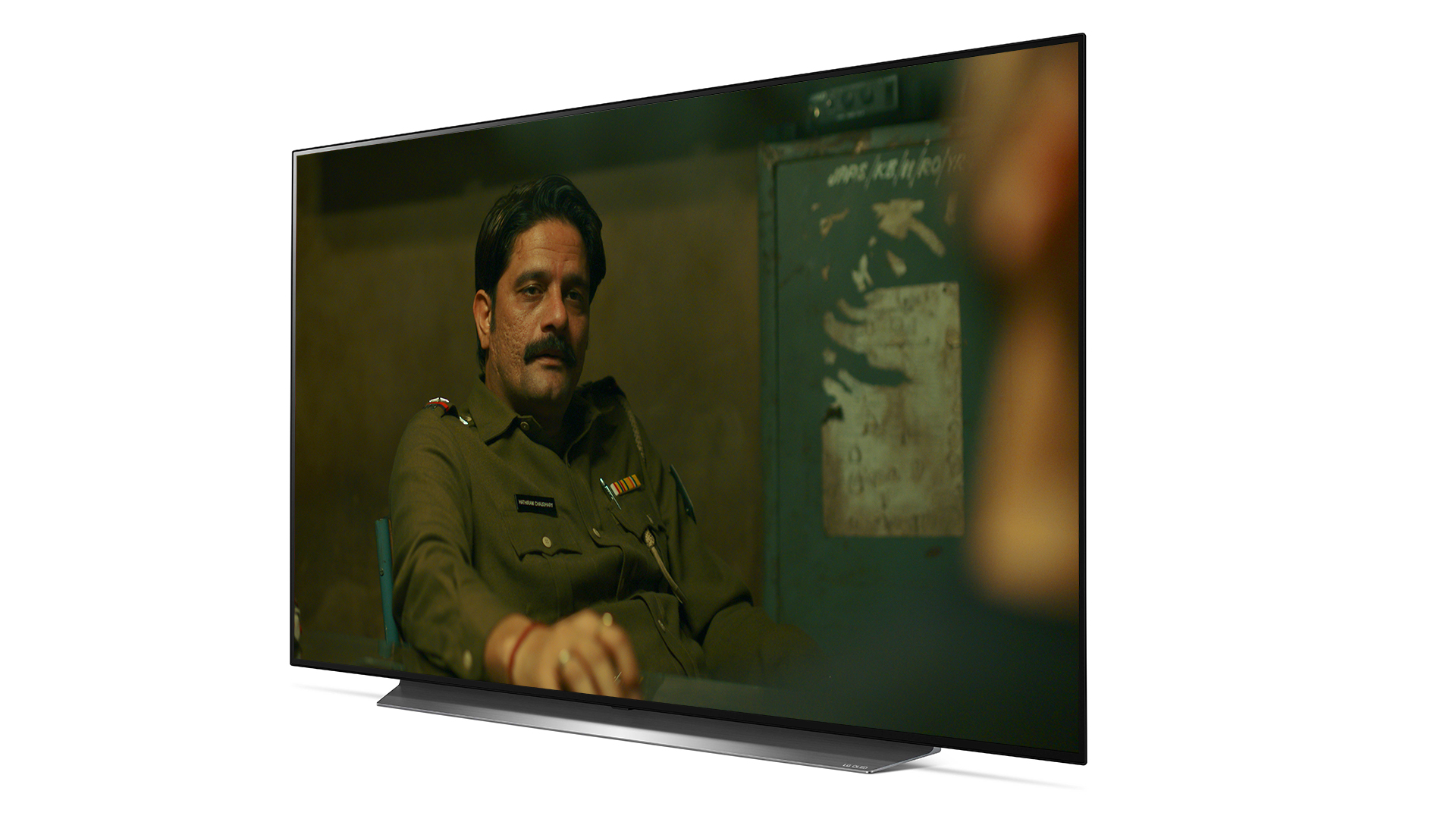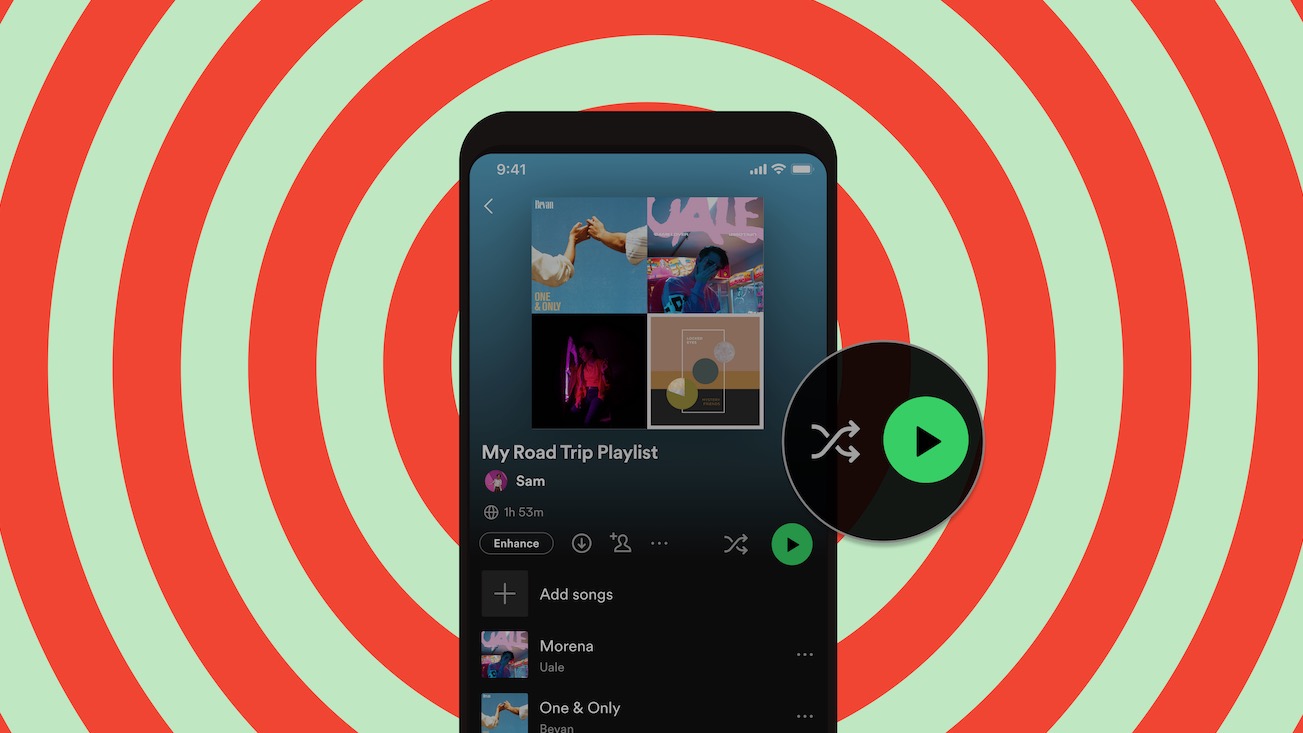What Hi-Fi? Verdict
The core model in LG’s 2020 OLED TV range is an astonishingly capable all-round performer
Pros
- +
Picture is exciting but natural
- +
Improved motion and dark detail
- +
More future-proofed than most
Cons
- -
Missing UK catch-up apps
Why you can trust What Hi-Fi?
In each year’s LG OLED range, it’s the C-class model that garners the most excitement. And rightfully so; this is the most affordable model that offers the company’s most up-to-date panel and processing tech. Going further up the range will get you a fancier design and speaker arrangement, but won’t get you a better picture performance.
This year’s C-class model is the CX, here reviewed in 55in OLED55CX guise. We’ve already tested and loved it at the new 48in size, but is it similarly superb at this more cinematic scale? It certainly is.
Pricing
The LG OLED55CX price was £1799 ($1800, AU$3959) at launch, but it’s already dropped to £1699 ($1700, AU$3295).
In the UK, the 55in CX is listed as either the OLED55CX6LA or OLED55CX5LB. The only difference between the two is the finish: the 6LA is ‘Dark Silver’ and the 5LB is ‘Light Silver’. The model code in the US is OLED55CXPUA, and in Australia it’s OLED55CXPTA.
There’s a cheaper 2020 LG OLED, the BX, but this uses an older version of LG’s processor so isn’t expected to deliver the same level of performance. On the other hand, opting to go further up the range with the GX, WX or RX will get you upgraded styling and speakers, but not an improved picture performance. In fact, the WX and RX have slightly downgraded HDMI sockets when compared to the more affordable CX and GX.
Should you want a bigger CX model, it’s also available at 65in and 75in sizes. There’s also now a smaller model, the OLED48CX, which is in fact the world’s first 48in OLED TV.
The OLED55CX’s key rivals this year will be the Sony KD-55A8 (the XBR-55A8H in the US), the Samsung QE55Q90T (QN55Q90T in the US and QA55Q90T in Australia), and the Philips 55OLED805 and Panasonic TX-55HZ1000, neither of which is available in the US or Australia.
Build

The CX looks practically identical to last year’s C9. It’s always disappointing when a manufacturer doesn’t update the styling for a new generation model, but this design is more elegant than most, thanks to its sleek pedestal stand.
The stand is quite wide, but the LG CX’s overall footprint is a fair bit narrower than that of sets such as the Sony A8, which has feet at either end of its bottom panel. The CX does sit rather low, though, which could be an issue if you plan to place a soundbar in front of it.
With the stand detached and the TV hung on a wall, the CX looks much like any other 2020 OLED: a pure black panel surrounded by a super-slim, flush, black bezel with no branding. There’s a standby light on the bottom edge, but even this can be disabled if you want to go for the ultra stealthy look.
The panel itself is astonishingly thin (about 6mm) but, as is the norm for OLED TVs, there’s an enclosure on the rear that houses all of the set’s connections, speakers and processing hardware. This increases the set’s overall depth to 4.7cm (1.8in) which, perhaps surprisingly, makes it thicker than the 3.5cm (1.4in) Samsung Q90T QLED.
Features

The connections around the back include four HDMIs, three USBs, an aerial, satellite, ethernet, a headphone socket and optical audio output.
The HDMIs are better specified here than on rival TVs. For starters, they’re officially HDMI 2.1 certified, and while that isn’t the guarantee of support for all next-gen HDMI features you might expect, the CX does support those likely to be of concern for the next few years, including eARC (Enhanced Audio Return Channel), HFR (High Frame Rate), ALLM (Auto Low Latency Mode) and VRR (Variable Refresh Rate).
Those last two features are specifically for gamers, with ALLM ensuring the TV’s low-lag (we measure 13ms) Game mode is automatically selected when a compatible console is connected, and VRR dynamically matching the TV’s refresh rate to the frame rate being output by a console.

Screen type OLED
Resolution 4K
Operating system webOS
HDR formats HDR10, HLG, Dolby Vision
HDMI x4
USB x3
Optical x1
Xbox One X and One S gamers can take advantage of these features now, and both will be supported by the next-gen PS5 and Xbox Series X. It’s also worth noting that all current VRR formats are now supported by LG’s BX, CX, GX and ZX models, thanks to a recent software update that added official AMD FreeSync compatibility. Bizarrely, the WX and RX models lack VRR support entirely.
There’s a strong selection of built-in apps. Netflix, Amazon Prime Video, Apple TV and Disney+ are all present, complete with Dolby Vision and Dolby Atmos on the appropriate content. Google Play Movies & TV is present, too, although HDR wouldn’t work from this app during testing.
The only music apps available are Spotify and Deezer, but we wouldn’t recommend using your TV for music playback. Bluetooth 5.0 and AirPlay 2 are on board so you can send music (and video, with AirPlay 2) to the TV from a portable device anyway.
Users in the US will also find Hulu and Vudu in the app selection, although Vimeo is missing, while Australian buyers get the likes of Telstra TV Box Office, Foxtel and Stan.
There is a letdown for UK buyers, though: while Now TV and Sky Store are on board, all of the core catch-up apps are missing. That means no BBC iPlayer, ITV Hub, All 4 or My5. LG and Freeview Play haven’t partnered together this year as they have done previously, which means it’s down to LG to strike up agreements for these services, which it has so far failed to do. You can get these apps by adding an affordable video streamer (the Amazon Fire TV Stick 4K does the job admirably and affordably), but that’s not really the point.
The apps that are there are nicely presented and quick to access, thanks to LG’s webOS platform, which is similar this year to last. The settings menus could still do with a bit of streamlining (Samsung is much better in this regard), but webOS is a pleasure to use day to day, particularly if you get along with the pointer function of the ergonomic remote, as many people do.
The brain of the TV is the 2020 version of LG’s Alpha 9 (a9) processor. This ‘Gen 3’ chip brings with it, among other things, a feature called AI Picture Pro, which LG says will “enhance the resolution and sharpness of contents by an algorithm learned via a LG Deep Learning technique”, and AI Sound Pro, which “provides the optimal sound or Virtual 5.1 surround, depending on the watching genre”.
As is the norm for LG, HDR10+ isn’t supported by the CX, but standard HDR10, HLG and Dolby Vision all are. The company’s 2020 OLEDs also all support the new Dolby Vision IQ format, which tailors the Dolby Vision performance to the ambient light in the room. It’s not as transformative a feature as Dolby would have you believe but, while we were initially underwhelmed when testing the LG GX, we can now see the benefits of Dolby Vision IQ in terms of some extra detail being revealed in dark scenes when there’s a fair bit of light in the room.
There isn’t a Dolby Vision IQ setting in the TV’s menus, but if you’re watching Dolby Vision content and the AI Brightness Control feature is enabled, you’re watching IQ.
While Dolby Vision IQ has won us round somewhat, the same cannot be said of Filmmaker Mode, another new feature for LG’s 2020 OLEDs. This is a UHD Alliance-approved picture preset that’s supposed to deliver the picture precisely as intended, but it isn’t metadata-led or tailored to the specific content being played. In fact, here it’s just a blanket set of picture settings that’s practically identical to those of the Cinema preset, and the result is a very dull picture.
Picture

Kicking off with the Dolby Vision 4K Blu-ray of It, we’re immediately impressed by the performance of the OLED55CX. Other than some minor differences that could be put down to sample variation, it’s the same excellent performance we’ve already seen from the larger OLED65GX and smaller OLED48CX.
That means you get a brilliantly sharp and detailed picture with a rich, cinematic colour balance. Blacks are, of course, flawlessly deep, but there’s also a fair bit more detail to them compared with last year’s sets. Dolby Vision IQ can help here if you’re viewing in a relatively bright room - fire up the scene in which the boys enter the sewer below Derry and switch AI Brightness on and off to see the benefits.
Switching to standard HDR10 with The Hunt from the Apple TV app, and while there’s the inevitable slight drop in crispness when compared to watching a disc, the picture is still undeniably lovely.
The way the set combines excitement and realism is its greatest strength. It’s sharp and detailed without ever giving the sense of over-enhancement, and colours are bright and vivid when they need to be (the contrasting blue and red light strips on the floor and ceiling of the plane’s interior at the start of the film, for example) but also effortlessly balanced and natural. You never question the CX’s interpretation of the source material, and that’s one of the greatest compliments that can be paid to a TV.
LG has also clearly done some work on its motion processing for 2020, and while it’s still a touch behind Sony, the CX and its siblings do a good job of sharpening and smoothing motion without making it look unnatural.
But because there’s no ‘Goldilocks’ setting as there often is on Sony TVs, you’ll need to experiment with the TruMotion options so see which works best for you. The default is Natural, which generally does an excellent job of reducing judder and blur but does introduce a touch of shimmer to tricky motion, such as the smoke moving across the field where the film’s ‘contestants’ first land.
The set’s native handling of motion is strong, too, so you can turn TruMotion off entirely if you don’t mind a little bit of judder to pans. Or you can try Cinema Clear, which is rather like a halfway house between Natural and Off.
LG’s OLEDs have long had a reputation for strong upscaling, and that form continues into 2020. 1080p content is sharp and detailed but still naturally smooth, and even standard-def from the built-in tuner is clean and clear enough to be enjoyed. These SDR signals are also nicely balanced in terms of contrast and colours – blacks are again deep and detailed, but with plenty of contrasting punch and vibrancy.
Sound

The 55in CX’s sound system is the same 2.2-channel, 40W affair as seen in the 48in model we’ve already tested. Predictably, then, it sounds similar, albeit with a slightly fuller balance that’s typical of a bigger TV.
That said, the TV does still struggle rather badly with the challenging soundtrack of Blade Runner 2049, with the oppressing bass thrum that’s present at many points of the film causing the woofers to flap uncomfortably.
But the sonic performance is otherwise rather good. There’s good clarity to dialogue and effects, and the Dolby Atmos mode creates quite a large and spacious soundstage. By the standards of the class, the sound is punchy and dynamic, too, although the Sony A8 is superior and better ties the sound to the picture, thanks to its clever actuator-based set-up.
Solid sounding though the CX is, it’s easily improved by adding a dedicated sound system. We’d recommend going for a full home cinema set-up if you have the space and bank balance, but even a relatively affordable soundbar, such as the Sonos Beam, will provide a significant uptick in audio performance. The Sonos Arc would make a particularly good partner to the CX, thanks to its strong overall performance and eARC-based handling of Dolby Atmos signals.
Verdict
Having already tested LG’s 65in GX and 48in CX models, we knew what to expect from this 55in CX: a superlative performance that isn’t vastly different from last year’s C9 but does improve upon it in a few important ways.
That’s exactly what we’ve got. Compared with its predecessor, the CX offers more dark detail, richer colours and better motion and, when added to an already exemplary performance, that makes for an astonishingly capable all-round performer.
There are many more OLEDs to test before we proclaim our 2020 Award-winner, but LG’s CX is very much in the box seat.
SCORES
- Picture 5
- Sound 4
- Features 4
MORE:
LG OLED CX vs Samsung Q90T: which is the best 4K TV?
Read our LG OLED48CX review
Read our Sony KD-55A8 review
What Hi-Fi?, founded in 1976, is the world's leading independent guide to buying and owning hi-fi and home entertainment products. Our comprehensive tests help you buy the very best for your money, with our advice sections giving you step-by-step information on how to get even more from your music and movies. Everything is tested by our dedicated team of in-house reviewers in our custom-built test rooms in London, Reading and Bath. Our coveted five-star rating and Awards are recognised all over the world as the ultimate seal of approval, so you can buy with absolute confidence.
-
Steveykay I can’t believe the LG OLED55CX does not have BBC iPlayer - possibly now the most popular BBC channels in the UK and I certainly wouldn’t buy it knowing it needs an external streamer box to receive BBC iPlayer.Reply -
Mr. C Nation Me too. No iPlayer - no deal. LG Marketing Dept out to lunch.Reply
As LG makes panels for the rest of them, this panel will be offered by another manufacturer but + iPlayer and that will scoop LG's UK customers.
Addendum. In fact, Sony offers essentially the same TV at the same price but with catch-ups included. Why would you buy the LG? Because you like playing with your dongle? -
Steveykay I am also very surprised that Whathifi did criticise LG more for their product’s serious deficiency.Reply -
Steveykay #4CORRECTIONReply
I am also very surprised that Whathifi did NOT criticise LG more for their product’s serious deficiency. -
Bilbo Baggins Reply
For me (and a lot of tv watchers) it’s irrelevant I watch 99% of my tv via Sky which has all of the Apps.Steveykay said:I can’t believe the LG OLED55CX does not have BBC iPlayer - possibly now the most popular BBC channels in the UK and I certainly wouldn’t buy it knowing it needs an external streamer box to receive BBC iPlayer. -
Bilbo Baggins Reply
😂😂😂Mr. C Nation said:Me too. No iPlayer - no deal. LG Marketing Dept out to lunch.
As LG makes panels for the rest of them, this panel will be offered by another manufacturer but + iPlayer and that will scoop LG's UK customers.
Addendum. In fact, Sony offers essentially the same TV at the same price but with catch-ups included. Why would you buy the LG? Because you like playing with your dongle? -
hybridauth_Google_104693555182141278887 Reply
The big problem with the Sony is no HDMI 2.1 features except eARC. Bit of an own goal when you consider the amount of PS5s I am sure they are planning to sell. No HFR, no ALLM, no VRR 🤦♂️Mr. C Nation said:Me too. No iPlayer - no deal. LG Marketing Dept out to lunch.
As LG makes panels for the rest of them, this panel will be offered by another manufacturer but + iPlayer and that will scoop LG's UK customers.
Addendum. In fact, Sony offers essentially the same TV at the same price but with catch-ups included. Why would you buy the LG? Because you like playing with your dongle? -
jayhouse I'm a bit confused by this. Does this mean that this TV doesn't have the rollback in time feature on the EPG?Reply
Also, the Freeview hub is on channel 100 of freeview and collects on demand shows and players. What happens if you view channel 100 on this TV? -
Sm[]key What's the best sound bar to use for the 55 CX?Reply
I want one to sit in front of the TV.
You don't get much clearance at the bottom of the screen, and all that I've seen will obscure the bottom of the screen!

